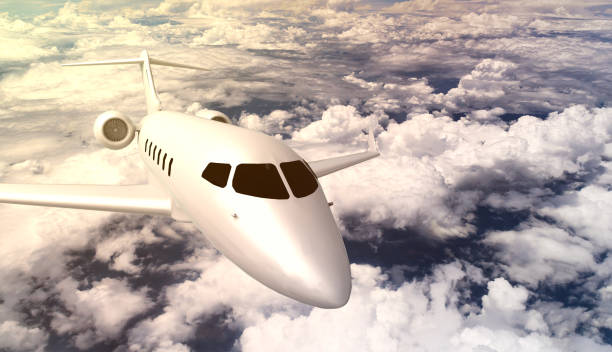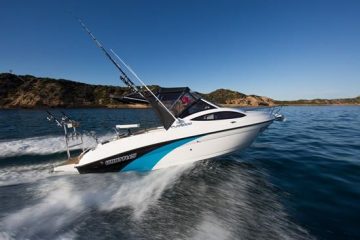
This ‘airliner of the future’ has a radical new wing design
Take a seat in a commercial airliner such as the Boeing 737, take a seat, and gaze at the outside of the plane. You’ll see the Wing rising out of the lower portion of the plane’s frame, partially obscured by what’s below.
However, today NASA announced that it would partner with Boeing to create an experimental demonstration aircraft that is entirely different from jets people are accustomed to seeing. The flying aircraft will sport wide, long wings that span across the fuselage, which is above the windows and not below. The wings are slimmer and more prolonged than the standard wings of commercial aircraft. The trusses can help them.
The motive behind this brand new aircraft that will be dubbed”Sustainable Flight Demonstrator ” is straightforward: to develop a method to make the plane more efficient in fuel use and better for the planet. NASA will aim for 30 percent more efficiency; however, that vastly improved efficiency boost wouldn’t be due to the new wings on their own.
In a press conference held in Washington, DC, today, Pamela Melroy, NASA’s deputy administrator, announced that the plan was a “major new NASA commitment to reducing carbon emissions in the air transportation system,” which she called “one of the most difficult industries to decarbonize.”
In addition to the large, skinny wings, the plane will also have two engines–one underneath each Wing–and an engine at the rear that is shaped like an X. It will be a single-aisle aircraft similar to an Airbus A320 or a Boeing 737 or an Airbus A320 but not a wide-body that has two aisles, such as the 787 or the A350. The idea is that aircraft of this type would be used for the usual daily commercial flight connecting cities such as New York City with Chicago.
The main attraction is the Wing.
“We’re going to reduce as much as 30 percent the fuel consumption–with better engines, and look at this wing,” Bill Nelson, NASA’s administrator, told the ceremony. The wings are “so long and thin, it has to have a brace.”
Alongside supporting the wings- that gives an aircraft the lift it requires to fly–the braces, also known as trusses, can pull off a different trick. “You can actually get a lift on this brace, as well as [from] the wing, [like] the old concept of the old biplanes,” Nelson said.
The process of designing aircraft is based on trade-offs. This experimental plane requires those trusses to support the wings’ thinness; however, there’s a valid reason to have the branches thin and long first. “It’s our plan to demonstrate this extra-long thin wing–stabilized by the braces–that will make commercial airliners much more fuel efficient by creating less drag,” the engineer said.
The plane’s design is called TTBW. TTBW stands for Transonic Truss-Braced Wing. Popular Science looked into NASA’s work concerning such a plane in May of this year. Aerospace engineers believe that the wings of long, slim ones produce less drag because they reduce vortices around the tips of the branches. A NASA senior engineer in aerospace, Kevin James, explained it as follows: “Out at the tip of the wing, where there’s no more wing beyond what the air can see, the air is very clever, and it will simply just go around the tip,” he explained. However, by creating longer wings, there’s “more lift that we can generate more efficiently.”
[Related to The technology for illuminating inside night vision glasses Explained the technology behind night vision goggles].
Some disadvantages of these configurations include the possibility that broad, long wings could be swept around as the bridge or a sign that blows in powerful winds. That’s why a plane with such wings should be equipped with trusses. Also, if aircraft of this type are to take the place of narrowbody planes such as 737s, they’ll have to be able to pass through the gates at airports, and large wings can make this difficult.
NASA announced today that, alongside Boeing, they plan to have this futuristic, more fuel-efficient plane in flight by 2028. They even suggested that planes like this might fly in the 2030s.
In the world, aviation accounted for about 2 percent of CO2 emissions by 2021, primarily from “energy-related” sources, according to the International Energy Agency. Apart from exploring innovative design concepts for aircraft, like the TTBW with the help of the Sustainable Flight Demonstrator, there are many other methods of looking to make the plane greener and more sustainable, such as operating smaller aircraft powered by electric energy and making use of environmentally friendly air fuel. “I’m still very concerned about the carbon footprint of global air travel,” Melroy declared at the beginning of the ceremony. “The aviation sector is a giant in the global economy, and we have to take that seriously.”






